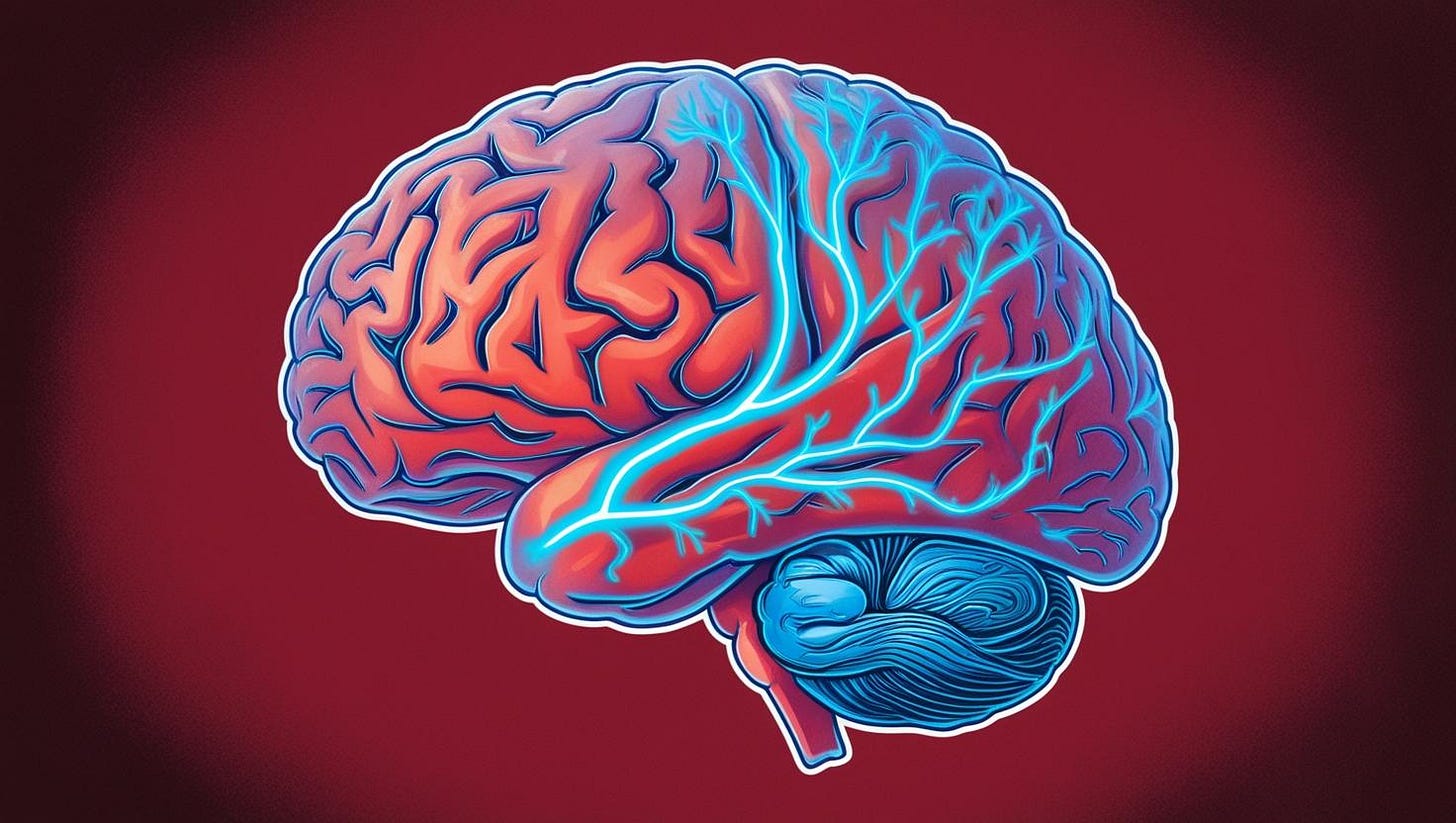Puberty Starts in the Brain, Not the Body
What Every Parent Should Know About the Quiet Shift That Happens First
When most people think about puberty, they picture the obvious: body odor, acne, growth spurts, periods, and mood swings. But by the time these physical changes show up, puberty has already been underway—silently, invisibly—for over a year.
What I want every parent to understand is this: Puberty starts in the brain, not the body. And it often begins earlier than we think.
In The Crucial Years, I emphasize that middle childhood (ages 6–12) is not just a holding pattern before the teen years. It’s a dynamic period of growth where some of the most important developmental changes—especially related to puberty—are quietly taking root.
The Brain Sends the First Signal
Around ages 6 to 8, the hypothalamus, a small but powerful region of the brain, begins to release a hormone called GnRH (gonadotropin-releasing hormone). That’s the internal signal that sets puberty into motion.
From there, GnRH travels to the pituitary gland, which responds by producing LH (luteinizing hormone) and FSH (follicle-stimulating hormone). These hormones, in turn, signal the ovaries or testes to begin producing estrogen or testosterone. And that’s when the familiar physical changes eventually kick in.
This process—called adrenarche and gonadarche—unfolds over time, often long before we notice a single visible sign. That means mood swings, sleep shifts, increased emotional reactivity, or anxiety around friendships in your 8- or 9-year-old may not just be “a phase”—they might be hormonal.
Why This Matters So Much
When we think of puberty as just a physical transformation, we miss the emotional and neurological groundwork that happens first.
This early brain-based phase of puberty can influence:
Emotional regulation (or lack thereof)
Anxiety and mood changes
Emerging identity and body awareness
Friendships and social sensitivity
Self-esteem and vulnerability to shame
And if we’re not prepared, we risk reacting with frustration or confusion instead of empathy and support.
“But She’s Only 9…”
It’s common for parents to feel shocked or unsettled when their child starts showing signs of puberty “too soon.” But development is shifting—globally, and across racial and socioeconomic lines.
In the U.S., nearly 15% of girls show signs of breast development by age 7. And while boys’ early puberty is less visibly tracked, we’re seeing hormonal shifts earlier there, too.
That means your 9-year-old’s teen-like attitude or your 8-year-old’s intense emotional waves might be puberty talking.
What Parents Can Do
The good news is: once you understand that puberty begins in the brain, you can meet your child with the support they actually need. Here’s how:
✅ Start talking earlier.
Conversations about puberty and body changes should begin by ages 8–9, or earlier if you see signs. Keep it calm, matter-of-fact, and ongoing. This isn’t “the talk”—it’s many small, open conversations.
✅ Watch for emotional shifts.
Increased irritability, need for privacy, sadness, or reactivity may be hormonally influenced. Instead of punishment, offer connection and emotional coaching.
✅ Normalize what’s happening.
Say things like: “Your brain and body are starting to grow up. That’s why some things might feel harder or more confusing right now. You’re not alone.”
✅ Teach co-regulation skills.
Kids this age still need help regulating emotions. Model calm, name feelings, and teach techniques like deep breathing or taking breaks.
✅ Protect their childhood—don’t rush it.
Just because puberty is starting earlier doesn’t mean kids are ready for teenage-level independence. They still need structure, sleep, limits on screen exposure, and lots of affection.
A Message of Reassurance
If all of this sounds like a lot, you’re not alone. Many parents feel unprepared for the emotional intensity that hits before puberty becomes “official.” But the more we understand about the biology of this stage, the more empowered we become to support our kids with confidence instead of fear.
You don’t have to have all the answers. You just need to be present, curious, and open.
💌 Not yet subscribed? Hit the button below to get future posts, interviews, and mental health insights straight to your inbox.





